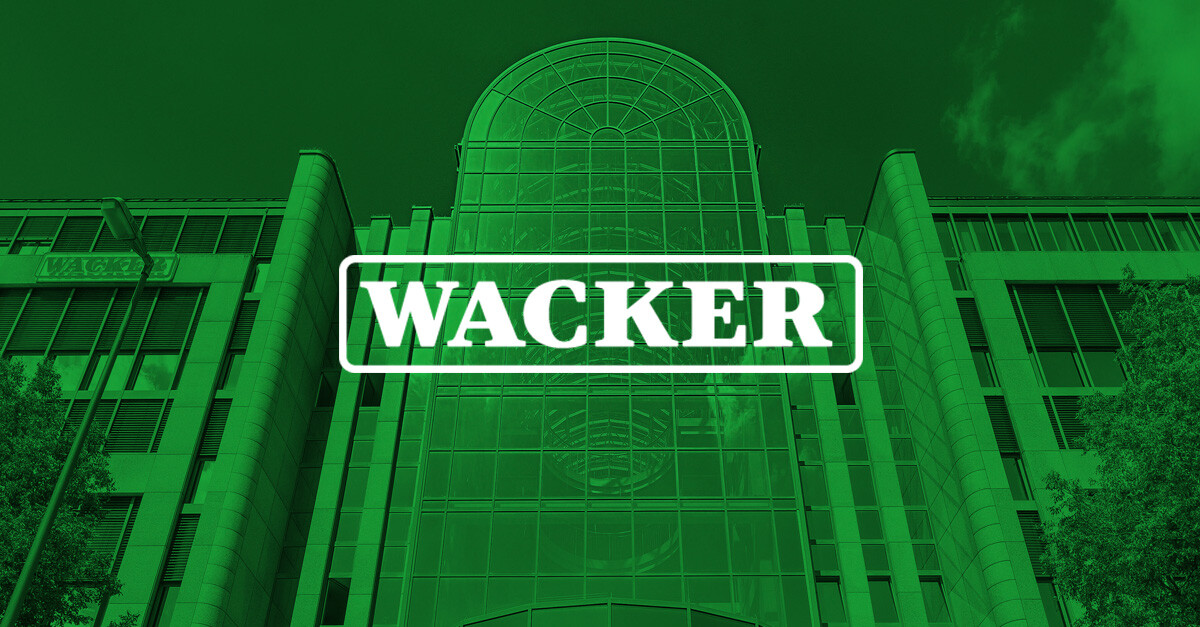
“We need to change the way data gets into systems!”

Master data forms the basis of almost all business decisions, whether prices, discounts, product features or contact information. This is why many companies try to keep their data complete and correct. However, this is easier said than done. Manually maintaining and managing company-wide SAP master data is time consuming and prone to errors. Philipp von der Brüggen spoke to Bo Andersen, International Senior Sales Manager, and Hubert Jaśków, Senior Expert Masterdata Products at NTT DATA Business Solutions, about their experiences with master data management projects and their company’s in-house solution it.mds.
One of the results of our international 2023 transformation study was that more than one third of all respondents were surprised by poor data quality during their transformation. Did you expect these figures?
Bo: Yes, it's really astonishing to see how poor data quality still is at some companies. But what scares me even more is that customers accept this. With major projects like a transformation, they may see the full extent of the problem. But that can't really come as a complete surprise to them. The interesting question is how they manage their master data. Most of them can't answer that.
Hubert: That's right! But to solve the master data problem, there are products like it.mds. it.mds is our master data management solution for SAP, both ECC and S/4HANA. it.mds simplifies the task of master data maintenance. We automate it as much as possible with a very advanced set of rules. For example, material masters can be automatically enriched as soon as they are entered. The whole thing is accompanied by a strong governance set-up that allows us to define clear responsibilities and ownership.
Interesting! What makes it.mds so unique?
Hubert: I think we differ from the market in two main ways. One is that the solution enables an enormous simplification of master data management and the other is automation. This is probably where we are strongest. With the help of very advanced logic, it.mds can maintain master data automatically based on rules. The rules are usually defined by business processes. We develop the rules together with the customer. However, we also have many templates for different industries that help to set up these rules. If customers already have SAP, they will have maintained their master data with certain patterns, rules and dependencies established over time. We can deduce the logic behind these using an AI-based analysis method. This involves all the rules that are already in use without people knowing it. We extract these and use them in the it.mds automation engine. This gives us a very quick impression of the data quality and allows us to create the rules for future automation.
We have been working very closely together for several months now. What are the advantages, in your view?
Bo: We are very complementary in many areas. In your transformation projects, you very often have to analyze, check and cleanse the data according to certain rules before it is transferred to new platforms. But if customers don't stick with this data quality after the transformation, what will happen to it? It will diminish again. That's why we have joined forces – to offer our joint customers an integrated concept. As part of your projects, you ensure that your customers' data is clean and "transformation-ready" with Natuvion SOPHIA. And we make sure that it stays clean afterwards. Of course, your extensive analyses help us to do this.
Hubert: That's right, but in the end our customers should also change the way they feed data into the system. We ask our customers not to keep focusing on cleansing projects. It's basically a never-ending story and they never finish. It is far more important to focus on the processes of how the data gets into the system. How is data created, maintained, and changed in line with business processes? If it doesn't work perfectly, you’ll keep tearing down with one hand everything you've built up with the other.
Bo: An additional benefit is that we massively simplify data entry using automation. Users only see the fields that are relevant to them. In these cases, not only is data quality increased, but usage is also optimized.
What are the typical application areas in which it.mds is most useful?
Bo: That's difficult to answer as it varies from industry to industry. We like to focus on material and article master data. That's where companies burn through the most money due to incorrect or bad data. But for more than a year now, we have also been focusing a lot on pharmaceutical and life science customers. We have realized that these companies in particular invest huge amounts of effort in complying with regulations based on flawless data. This is absolutely business-critical for these companies. One of the largest and most recent customers we won is a very large pharmaceutical company from South Africa. They actually only bought it.mds for compliance reasons!
Hubert: Another good example is companies that need to integrate different systems and ERPs. Here, it.mds helps to manage the data according to the rules, even if it comes from different systems. Master data management with it.mds is of course also very interesting for regulated companies, such as energy suppliers. After all, they are confronted with changes several times a year. They have to constantly change processes, prices, and data.
Could you give us a little outlook? What will master data management look like in five years' time?
Bo: At the moment, we are using advanced, AI-based technology to analyze and understand the quality and logic of the data. I believe that we will be using these new technologies far more intensively in the future. Think about language modeling or machine learning. All of this will help to automate the process of collecting data, carrying out analyses or making predictions. I think it's worth looking at a few figures. Just a few years ago, the automation rates for data collection with it.mds were around 30 %. Thanks to the ever-increasing potential using rule-based processes, we are now at 80-90 %. In our best score, this figure was as high as 99.9 %. This will not only make work easier and save a lot of money, but will also dramatically improve the database.
How much money can you save with good master data? Do you have any calculation models?
Hubert: Interesting that you ask that. We've already thought about it a lot! And we've given up every time. The topic has such a huge impact on so many things that you can't calculate it. Take the example of a small washer. If details of its exact weight and properties are missing from the data, this can lead to problems in shipping, logistics and the entire production process. This then suddenly affects the whole production and supply chain. Of course, you can always calculate the time that is saved when data is recorded automatically, and processes supported. But that's just the surface. The actual optimization potential lies much deeper and can be cascaded in any number of ways.
Why do you think some companies have not yet optimized master data management?
Bo: Master data is something that all customers have. And all customers try to handle it in the best possible way. Many are resigned to their fate and believe that there is not really much they can do. Others buy master data management products and solutions from SAP, Informatica, IBM, us or other providers. But no matter what you do: it won’t work if you don't integrate all aspects into a master data project. From the tools, the organization, the business processes, and properties such as the service life of the material to the customer. This also sets us apart from others. it.mds is not just a tool. You buy an entire methodology.
Hubert: Bad data is not a question of fate. You can do something about it. The most difficult lever is certainly to try to change the attitude of the employees and use a change process to help them understand why these "38 fields" should all be filled in. Most people don't go along with this! The right approach is to minimize the effort for users and use intelligent, automated processes and AI to create an environment in which correct data is generated. The user has to click two fields, and this triggers processes that do the rest. In the end, the users of the software are salespeople, logisticians, planners, production staff and marketing specialists. They don't always think in terms of company-wide processes. They enter data and expect what they retrieve from the system to be complete and correct. So, the trick is to leave out everything that is not relevant to their particular role.
Thank you for these interesting insights into master data management!
Related News
Oct 14, 2024
Complex migration with...
Following several acquisitions, NRG Energy wanted to ensure...
Read moreOct 4, 2024
OKR Framework: A Better Way...
Transformation projects usually involve a detailed...
Read moreSep 30, 2024
Can that data be removed?
The volume of data in companies continues to grow, and...
Read moreSep 23, 2024
Spoilt for choice
Choosing the right scenario for the transition remains a...
Read moreSep 16, 2024
SAP S/4HANA Projects:...
SAP S/4HANA transformation projects are not only complex...
Read moreSep 12, 2024
SAP S/4HANA system and GDPR...
Wacker Chemie implements SAP ILM with the expertise...
Read moreSep 9, 2024
Experiences from our 2023...
One thing we can say upfront is that there was a lot going...
Read more






